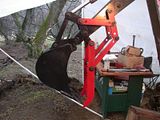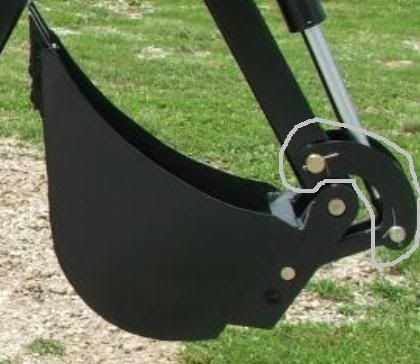wedge40
Veteran Member
- Joined
- Oct 8, 2007
- Messages
- 2,195
schmism - I didn't weld the ripper up and the person who did just made it so I could put new ones one if needed. He just didn't use the shank. And believe me this thing should last for ever, it weighs about 75#. Matter of fact I'm going to have to make a "holder" do I can mount and dismount the thing easier.
RonMar - Thanks for the drawing. I will keep it in my files. I lucked out because the person who I bought the backhoe from on ebay is sending some new ones for about $30.00. First thing I'm going to do when I get them is to trace them on a sheet of paper. Just in case. I'm guessing doing this alone should almost guarantee that I will never need new ones again. Murphy and I are real close friends, so over the years I've learned way to trip him up. LOL.
Wedge
RonMar - Thanks for the drawing. I will keep it in my files. I lucked out because the person who I bought the backhoe from on ebay is sending some new ones for about $30.00. First thing I'm going to do when I get them is to trace them on a sheet of paper. Just in case. I'm guessing doing this alone should almost guarantee that I will never need new ones again. Murphy and I are real close friends, so over the years I've learned way to trip him up. LOL.
Wedge


